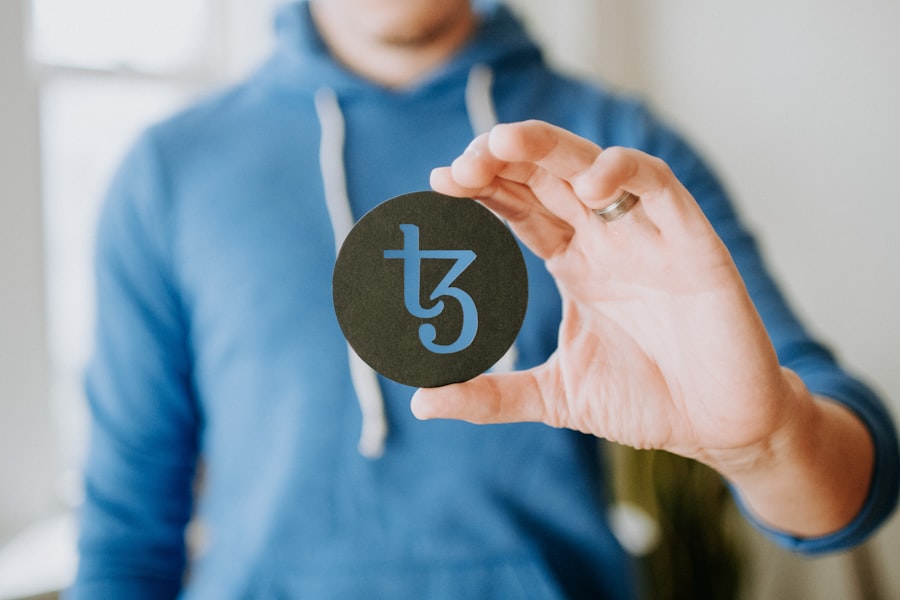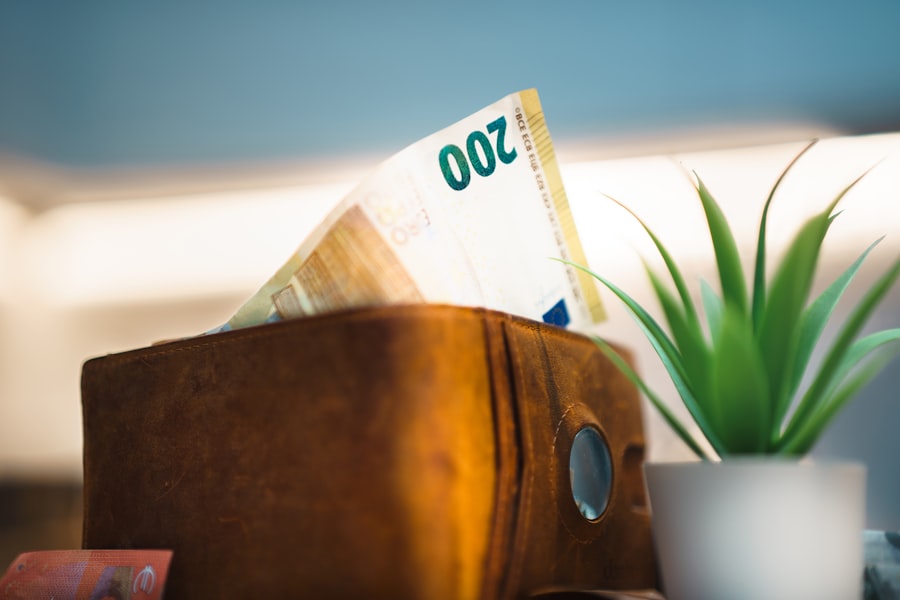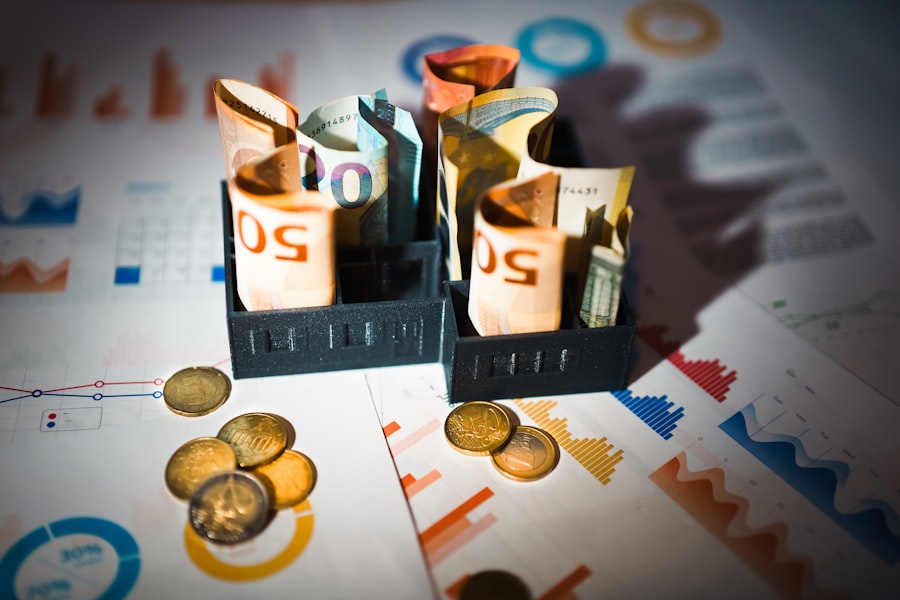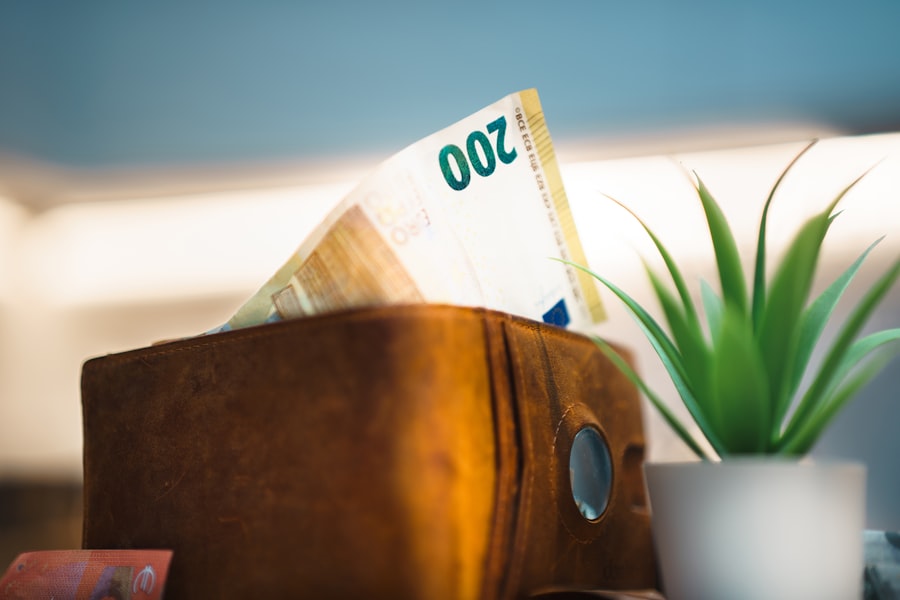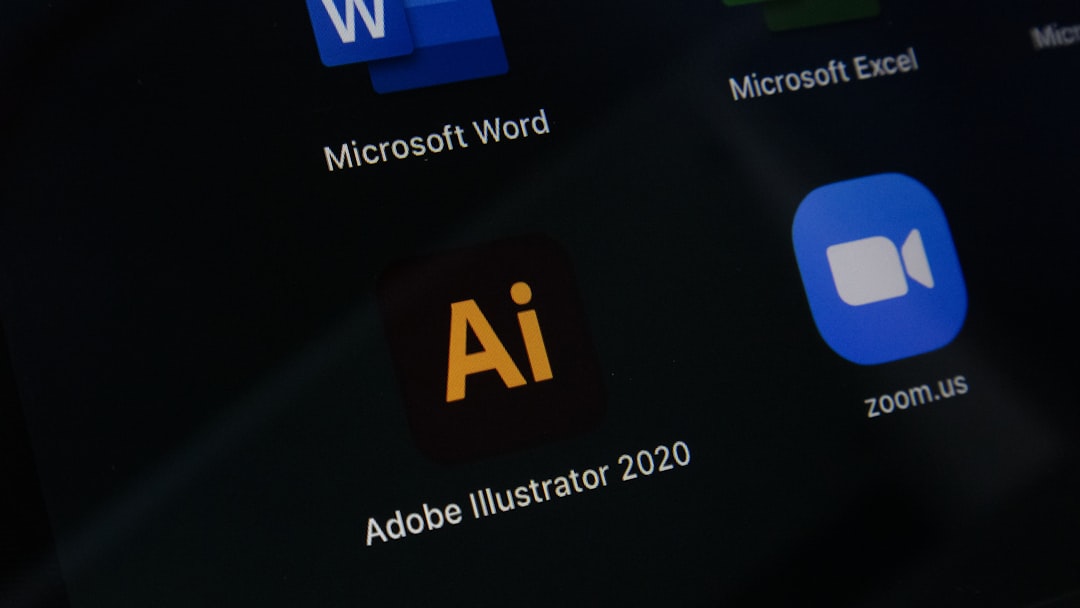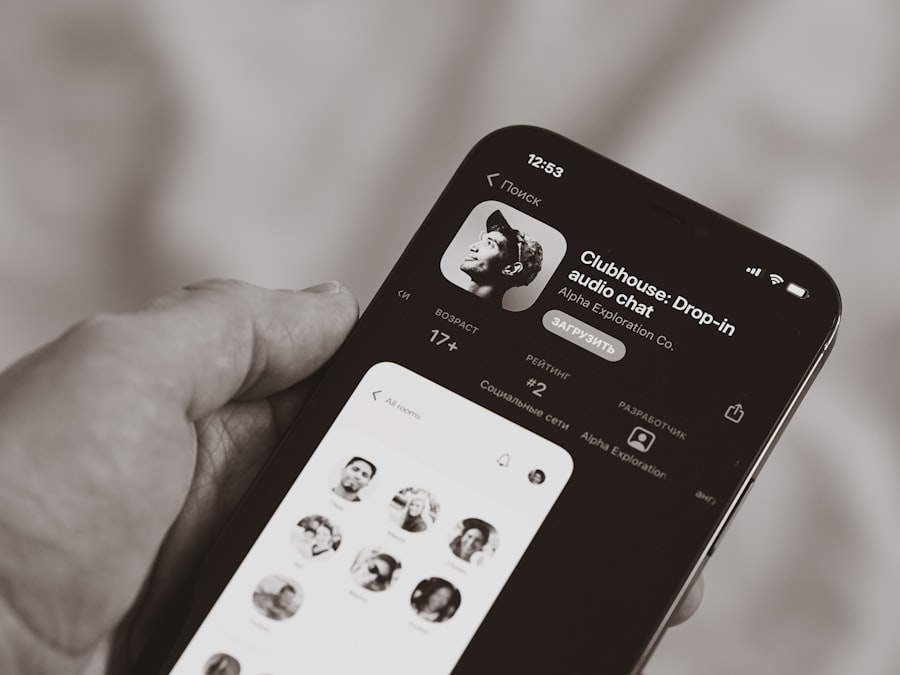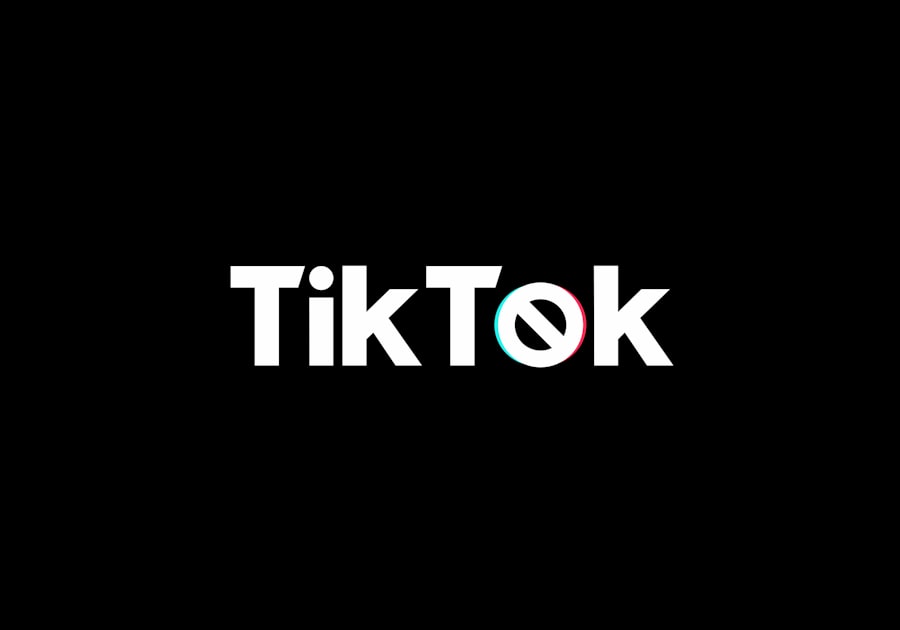In an increasingly digital world, managing personal finances has become more accessible and efficient, thanks in large part to budgeting apps. These applications serve as powerful tools that help individuals track their income, expenses, and savings goals, all from the convenience of their smartphones. The rise of budgeting apps reflects a broader trend towards financial literacy and empowerment, enabling users to take control of their financial futures.
With the ability to analyze spending habits, set budgets, and receive alerts for overspending, these apps have transformed the way people approach their finances. The appeal of budgeting apps lies not only in their functionality but also in their user-friendly interfaces. Many of these applications are designed with the average consumer in mind, making it easy for anyone to start budgeting without needing extensive financial knowledge.
As more people seek to improve their financial health, the demand for intuitive and effective budgeting solutions continues to grow. This article will explore the essential features to look for in a budgeting app and highlight five of the best free options available for iPhone users.
Key Takeaways
- Budgeting apps help users track and manage their finances on the go
- Key features to look for in a budgeting app include expense tracking, goal setting, and bill reminders
- The top 5 free budgeting apps for iPhone are Mint, PocketGuard, Goodbudget, Wally, and EveryDollar
- Mint offers a comprehensive overview of your financial health and personalized budgeting tips
- PocketGuard provides a simple and intuitive way to track expenses and set savings goals
- Goodbudget uses the envelope budgeting method to help users allocate their income into different spending categories
- Wally offers a streamlined and user-friendly interface for expense tracking and budget management
- EveryDollar follows a zero-based budgeting approach and provides a clear visual representation of your spending and saving habits
Features to Look for in a Budgeting App
Seamless Syncing with Financial Institutions
One of the most critical aspects of a budgeting app is its ability to sync with bank accounts and credit cards. This feature enables users to automatically import transactions, reducing the need for manual entry and providing a real-time view of their financial situation.
Customizable Budgeting Options
Another vital feature is customizable budgeting options. Since different users have varying financial goals and spending habits, an app that allows for personalized budget categories can be particularly beneficial. This flexibility enables users to create and adjust categories that align with their individual financial priorities, whether it’s allocating funds for groceries, entertainment, or savings.
Staying on Track with Alerts and Notifications
Features such as spending alerts and notifications can help users stay on track by providing timely reminders when they approach their budget limits. These features not only save time but also minimize errors that can occur with manual data entry, ensuring a more accurate and effective budgeting experience.
Top 5 Free Budget Apps for iPhone
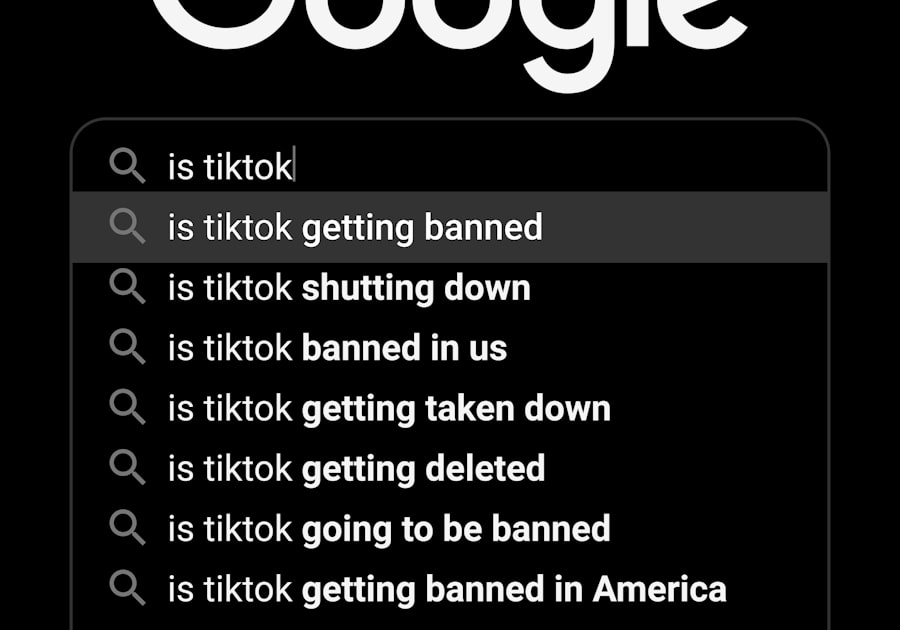
With a plethora of budgeting apps available on the market, it can be challenging to determine which ones are truly effective and user-friendly. Here are five of the top free budgeting apps for iPhone users that stand out due to their features, ease of use, and overall effectiveness in helping individuals manage their finances. The relevant word in the text is “budgeting apps.” Here is the link to a high authority source that is relevant to the topic: Forbes
Mint
| Category | Data/Metrics |
|---|---|
| Market Share | 15% |
| Active Users | 20 million |
| Downloads | 50 million |
| Features | Expense tracking, budgeting, bill reminders |
Mint is one of the most popular budgeting apps available today, boasting millions of users who rely on its comprehensive features. Developed by Intuit, Mint offers a robust platform that allows users to connect all their financial accounts in one place. This integration provides a holistic view of one’s financial landscape, including bank accounts, credit cards, loans, and investments.
Users can easily track their spending habits through categorized transactions, which helps identify areas where they may be overspending. One of Mint’s standout features is its budgeting tool, which allows users to set specific spending limits for various categories. The app automatically tracks expenses against these budgets and sends alerts when users are nearing their limits.
Additionally, Mint provides personalized insights based on spending patterns, helping users make informed decisions about their finances. The app also includes a goal-setting feature that enables users to set savings goals for specific purposes, such as vacations or emergency funds. With its user-friendly interface and powerful analytics, Mint remains a top choice for those looking to take control of their finances.
PocketGuard
PocketGuard is another excellent budgeting app that simplifies personal finance management by focusing on what users can spend after accounting for bills, goals, and necessities. The app’s unique feature is its “In My Pocket” function, which calculates how much disposable income a user has left after considering fixed expenses and savings goals. This straightforward approach helps users avoid overspending by providing a clear picture of their available funds.
The app also allows users to link their bank accounts and credit cards for automatic transaction tracking. PocketGuard categorizes expenses automatically, making it easy for users to see where their money is going each month. Additionally, PocketGuard offers a feature called “Pocket Insights,” which provides personalized tips based on spending habits.
This can be particularly useful for individuals looking to cut back on unnecessary expenses or save more effectively. With its focus on simplicity and clarity, PocketGuard is an ideal choice for those who want a straightforward budgeting experience without overwhelming complexity.
Goodbudget

Visualizing Your Budget
In this system, users allocate specific amounts of money into different “envelopes” or categories for various spending purposes. Goodbudget allows users to create virtual envelopes for categories such as groceries, entertainment, and savings, helping them visualize their budgets more effectively.
Manual Entry and Planning
One of the key advantages of Goodbudget is its emphasis on manual entry and planning. While it does allow users to sync bank accounts for transaction tracking, it encourages individuals to actively engage with their finances by entering transactions manually. This can lead to greater awareness of spending habits and foster better financial discipline over time.
Collaborative Budgeting
Goodbudget also offers features such as expense tracking, reporting tools, and the ability to share budgets with family members or partners. This collaborative aspect makes it an excellent choice for households looking to manage finances together while adhering to a structured budgeting method.
Wally
Wally is a budgeting app that stands out due to its intuitive design and focus on user experience. It allows users to track their expenses effortlessly by simply taking photos of receipts or entering transactions manually. This feature makes it particularly appealing for those who prefer a visual approach to budgeting.
Wally also supports multiple currencies, making it suitable for travelers or expatriates who need to manage finances across different countries. The app provides detailed insights into spending patterns through visually appealing graphs and charts, allowing users to see where their money goes at a glance. Wally also includes goal-setting features that enable users to set financial objectives and track progress over time.
Additionally, Wally offers a community aspect where users can share tips and experiences with others, fostering a sense of support among individuals striving for better financial health. With its emphasis on simplicity and visual engagement, Wally is an excellent option for those seeking an easy-to-use budgeting tool.
EveryDollar
EveryDollar is a budgeting app developed by financial expert Dave Ramsey, known for his straightforward approach to personal finance management. The app follows a zero-based budgeting method, which means that every dollar earned is assigned a specific purpose within the budget. This approach encourages users to allocate funds intentionally rather than allowing money to slip away unnoticed.
EveryDollar’s interface is clean and user-friendly, making it easy for individuals to create monthly budgets quickly. Users can set up categories based on their unique financial situations and track expenses against these categories throughout the month. While EveryDollar offers a free version with essential features, there is also a paid version that includes additional functionalities such as bank syncing and automatic transaction tracking.
This flexibility allows users to choose the level of engagement that best suits their needs while still benefiting from the core principles of effective budgeting promoted by Dave Ramsey. In summary, budgeting apps have revolutionized personal finance management by providing accessible tools that empower individuals to take control of their financial lives. With various options available—each offering unique features tailored to different user preferences—finding the right app can significantly enhance one’s ability to budget effectively and achieve financial goals.
Whether through comprehensive platforms like Mint or more focused approaches like Goodbudget or EveryDollar, these apps cater to diverse needs and preferences in today’s fast-paced financial landscape.
If you are looking for a free budget app for iPhone, you may want to check out this article on Valapoint that lists the best personal budgeting and expense tracking apps. This article provides a comprehensive overview of various budgeting apps available for iPhone users, helping you find the perfect one to suit your financial needs. You can read more about it here.














